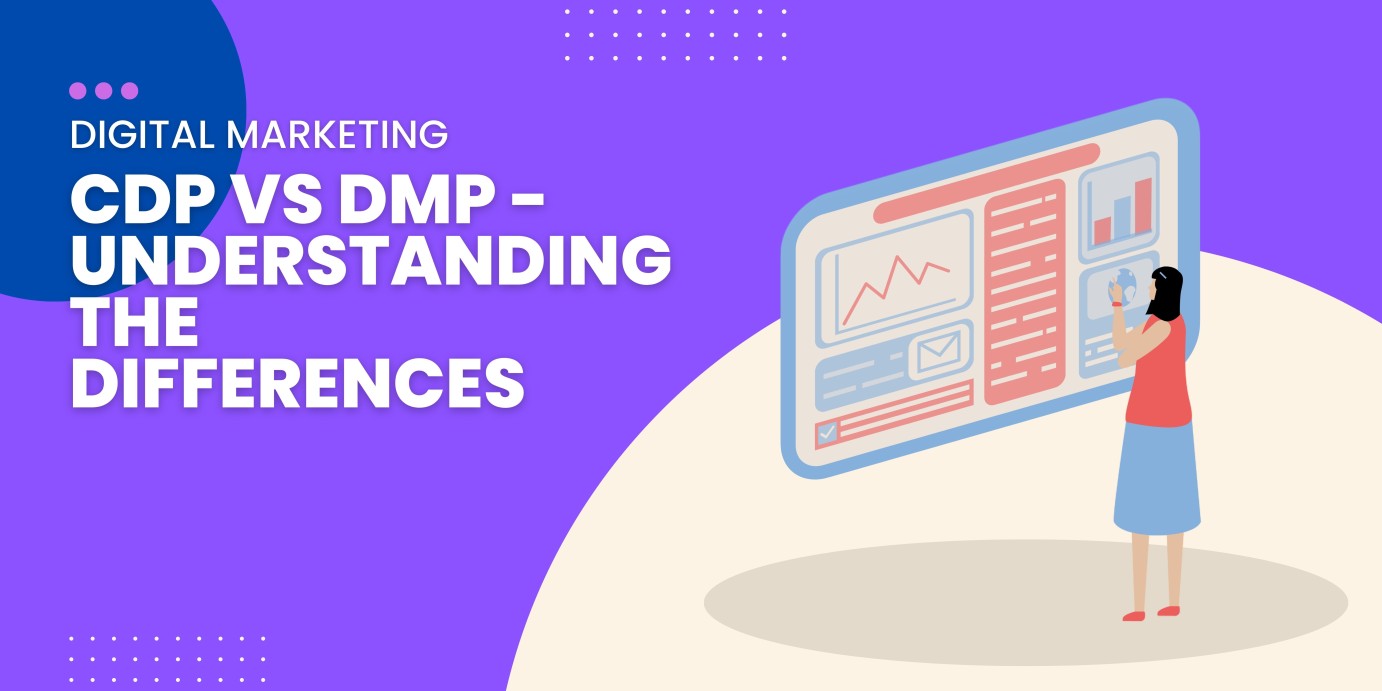In today's digital marketing landscape, data plays a crucial role in enabling businesses to make informed decisions and deliver personalized experiences to their customers. Two key technologies that help marketers harness the power of data are Customer Data Platforms (CDPs) and Data Management Platforms (DMPs). While both CDPs and DMPs deal with data, they serve different purposes and have distinct functionalities. Let's dive into their differences to gain a better understanding of their roles.
Customer Data Platform (CDP)
A Customer Data Platform is a unified data management system that collects, organizes, and analyzes customer data from various sources to create a comprehensive and actionable customer profile. CDPs focus on first-party data, which is directly obtained from a company's own channels and touchpoints, such as website interactions, email subscriptions, or offline purchases. The data is then centralized into a single customer view, allowing marketers to gain valuable insights and deliver personalized marketing campaigns.
Data Management Platform (DMP)
On the other hand, a Data Management Platform is designed to collect, store, and analyze both first-party and third-party data from various sources. DMPs primarily serve advertisers and publishers, enabling them to target specific audience segments for advertising purposes. DMPs focus on anonymous, aggregated data, such as demographics, online behaviors, and interests. They help advertisers optimize their ad targeting by creating detailed audience segments and activating them across various ad networks and platforms.
Key Differences
The primary differences between CDPs and DMPs can be summarized as follows:
- 1. Data Type: CDPs primarily deal with first-party customer data, while DMPs handle both first-party and third-party data.
- 2. Functionality: CDPs focus on creating unified customer profiles and enabling personalized marketing. DMPs emphasize audience segmentation and targeted advertising.
- 3. Data Usage: CDPs use data for improving customer experiences, optimizing marketing strategies, and driving customer loyalty. DMPs use data for audience targeting and enhancing advertising effectiveness.
- 4. Data Ownership: CDPs are typically owned by the brand or organization itself, and they retain control over their customer data. DMPs often involve third-party vendors who collect and aggregate data from various sources.
Conclusion
In summary, while both CDPs and DMPs deal with data, they serve different purposes and cater to different marketing needs. CDPs focus on creating a unified view of the customer and enabling personalized marketing, while DMPs specialize in audience segmentation and targeted advertising. Understanding these differences is crucial for marketers to choose the right technology that aligns with their specific goals and objectives.
Whether you opt for a CDP or a DMP, leveraging data effectively can significantly enhance your marketing efforts, improve customer engagement, and drive business growth in today's competitive landscape.

